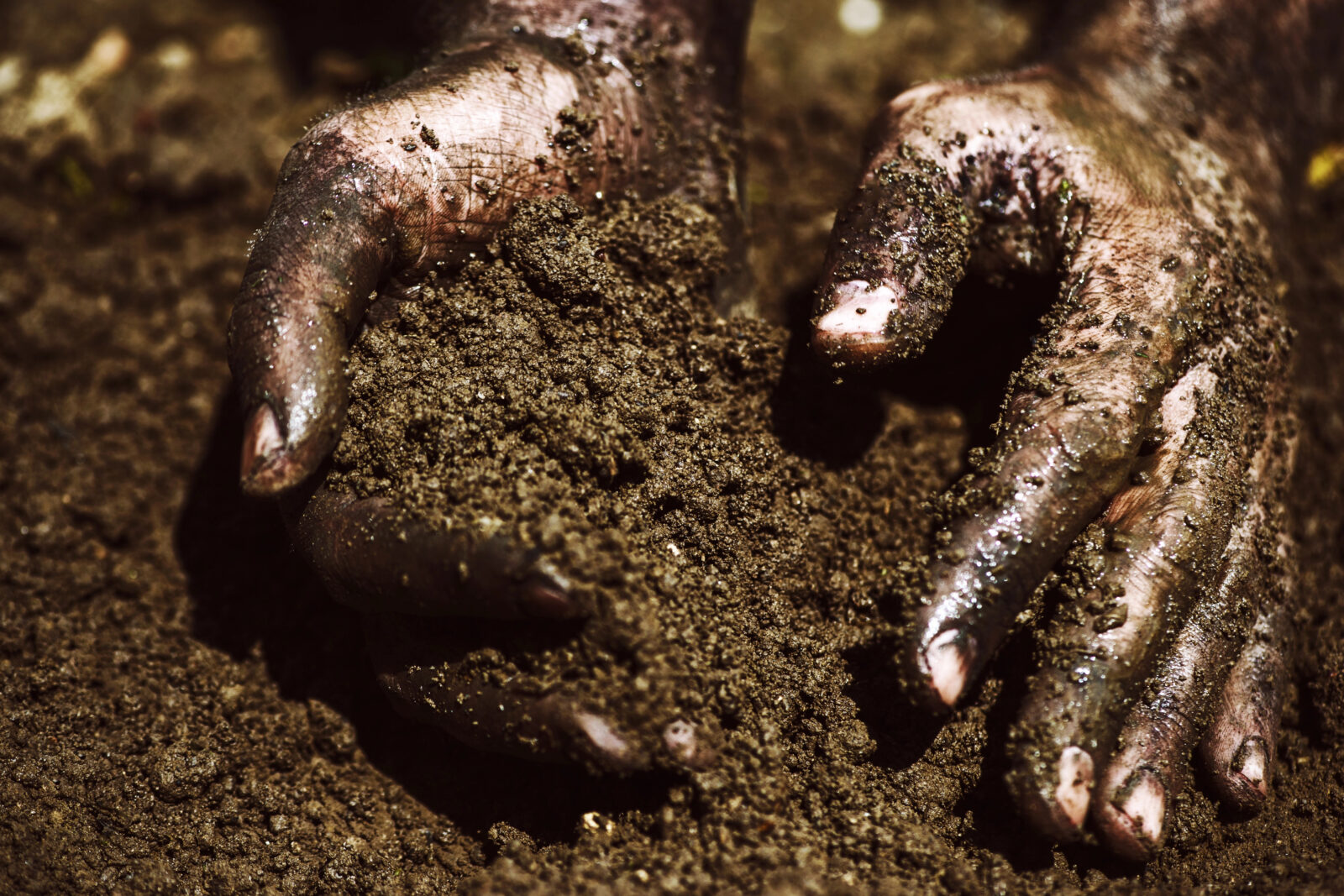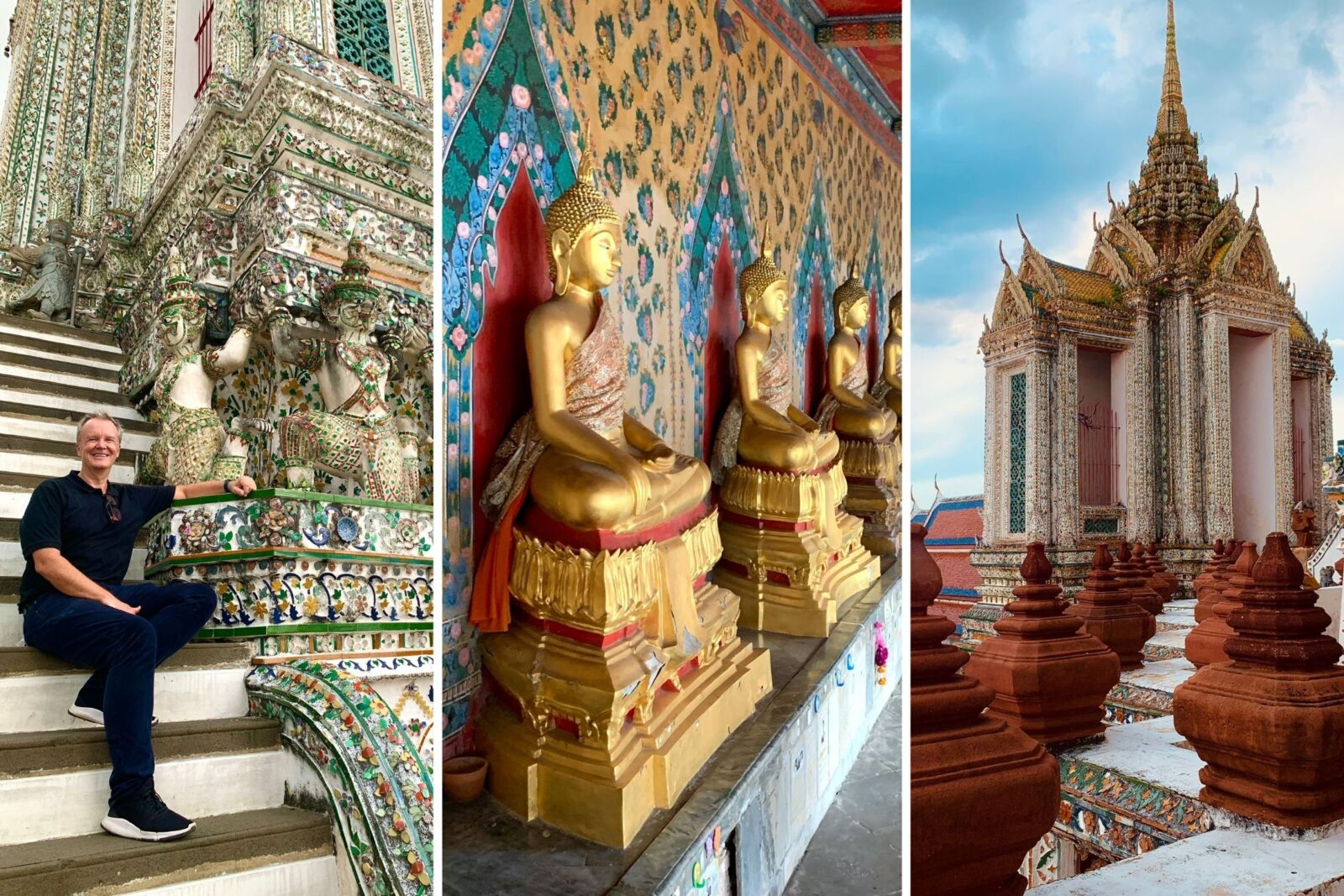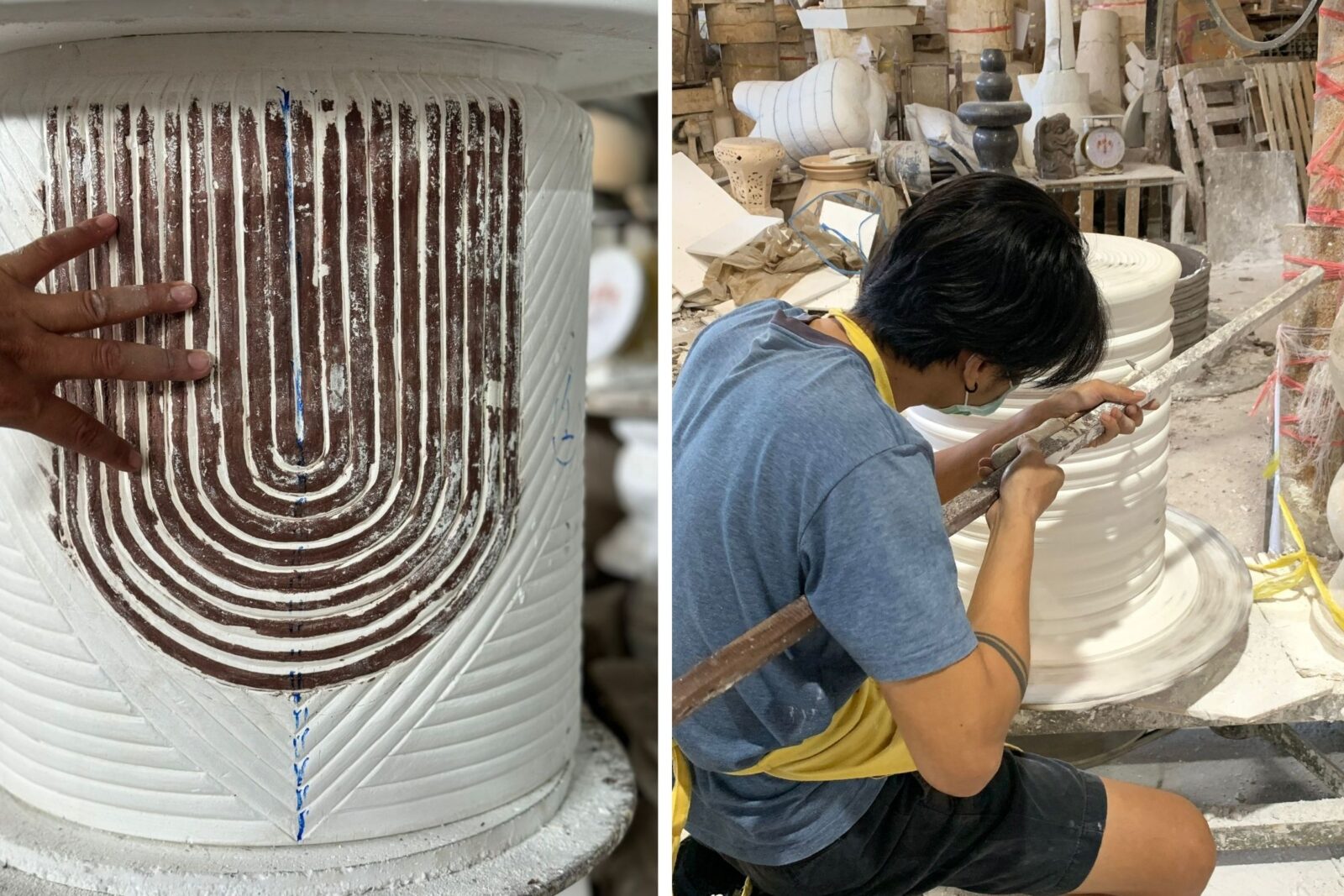The Forgotten Vessel
It begins with a fragment. A curved shard unearthed from the garden bed of a crumbling estate. Its edges are softened by time, its surface kissed by minerals and soil. No one knows how long it has slept there, only that it was made by hands long gone—and still, it remains.
Ceramics endure. Long after the textiles have faded and the metal has rusted, ceramic survives. In a world increasingly obsessed with speed, convenience, and disposability, handcrafted ceramic offers a quiet, enduring counterpoint: permanence.

The History Beneath Our Feet
From the clay amphorae of ancient Greece to the ornate celadon of the Tang dynasty, ceramics have always told the story of civilization. They lined tombs, carried oils and wine across empires, and stored grain during famine and feast. They are the material evidence of ritual, trade, and artistry.
Today, museums and private collectors revere these forms not just for their beauty, but for their longevity. They are the original storytellers—weathered but intact—proof that the hands of artisans can speak across millennia.
And in that truth lies a sharp stake in the ground: ceramics are sustainability’s oldest narrative. They are not recycled—they are preserved. Unlike plastic, which poisons; or metal, which rusts and disappears—ceramics tell us what we once valued, and what we must value again.
Asia, particularly China, became an epicenter of ceramic mastery because of the region’s rich clay resources, early mastery of firing techniques, and cultural reverence for pottery as art. The innovation of high-fired porcelain, perfected during the Tang and Song dynasties, positioned Chinese ceramics as prized global exports, revered across Europe and the Islamic world. Japan, Korea, and Thailand carried forward these traditions, each refining their own vernacular—quiet glazes, raku forms, temple jars, and monumental storage vessels—cementing Asia’s place as the cradle of ceramic excellence. Through maritime trade and imperial commissions, the art form moved westward, influencing European faience, Italian maiolica, and the eventual rise of British and French ceramic schools. But it was the centuries of generational knowledge in Asia—passed down, never rushed—that anchored the soul of this material in the East.

Why Modern Life Needs Ancient Materials
We are surrounded by objects that expire. From fast furniture to disposable décor, the culture of convenience has stripped many homes of meaning. But the return to handcrafted ceramics is more than a trend—it is a desire to anchor ourselves to something real.
Ceramics offer a kind of soulful resistance. They are born from the earth and hardened by flame, carrying the memory of touch, process, and permanence. At Seasonal Living, every ceramic is human-formed—from original design sketches through to sculpting, glazing, and final firing. These are not molded in bulk, stamped on a conveyor belt, or made to blend in. They are crafted to outlast, to stand out, to be held. In a throwaway world, they are what remains.

The Process: Fire as Finality
At the heart of every Seasonal Living ceramic piece is fire—not just metaphorically, but literally. Once formed, the clay is gas fired at high temperatures in kilns that lock in strength, durability, and form. Gas firing, unlike wood firing, offers precise temperature control and a cleaner, more consistent finish, allowing Seasonal Living’s artisans to achieve remarkable glaze quality and structural integrity across even the largest forms.
While wood firing can offer dramatic surface variation and organic unpredictability, it is less suited to the scale, repeatability, and control that Seasonal Living requires. Gas kilns allow the team to maintain fidelity across the design continuum—ensuring every stool, table, or planter performs to standard whether placed indoors, outdoors, or in-between.
The flame is final. Once fired, the form is set. It will last hundreds of years.
From Sculpture to Soulmate: How People Live with Ceramics
Ceramics are not just useful—they’re emotional. In Seasonal Living homes, ceramic side tables become morning tea companions. Ceramic stools become quiet perches under a breezeway. Oversized planters stand like sentinels on terraces, cradling olive trees that outgrow their pots. They appear beside soaking tubs, anchoring candlelight and eucalyptus. In steam-filled showers, they offer a perch or a sculptural echo of stillness. They belong in entryways, on verandas, beside beds.
How many products can do that? How many can move gracefully from garden to great room, from spa to stairwell, and always hold their presence? Ceramics cross thresholds. They are as versatile as they are quiet—and that is a rare combination.
These are not objects you use and forget. They imprint. They settle into your rituals, becoming totems of time well lived.

Reflection
How many objects do you own that could live in every room of your house?
Ceramics from Seasonal Living don’t belong to a category. They belong to you—and wherever your rituals unfold.
* Morning coffee on the veranda? It’s a stool.
* Eucalyptus steam in the shower? It’s a perch.
* Olive trees on your rooftop garden? It’s a guardian.
* Beside your soaking tub or your bed? It becomes presence.
This is what timeless design looks like. It doesn’t ask to be moved—it moves with you.
Product Integration: Seasonal Living’s Collector-Grade Ceramics
What sets Seasonal Living ceramics apart is not only their handcraft but their scale and resilience. Each form is engineered for multi-environment performance—with gas-fired glazes that resist UV, rain, and varying seasonal temperatures.
Unlike mass-produced Vietnamese or Chinese garden ceramics commonly found at retail centers, Seasonal Living ceramics are refined, elevated, and made for design-forward living. They are not accessories. They are sculptural, furniture-scale pieces with presence.
These forms complement the Signature Collections seamlessly: a matte glazed ceramic side table beside a teak Serenique pool chaise, a soft charcoal stool under the eaves of a Patinero farmhouse dining scene, a sculptural coffee table grounding the organic forms of Vaterra.
These aren’t accents. They’re anchors.
Choose What Endures
Somewhere in the garden of a crumbling estate, a ceramic shard is found. Smooth. Weathered. Whole.
It has survived centuries of weather, migration, and memory. This is not a romantic fantasy. This is the legacy of ceramic.
At Seasonal Living, we don’t just craft side tables or planters. We sculpt permanence. Our gas-fired ceramics are created by hand—every line drawn, every glaze tested, every form refined through human touch and kiln flame.
This is why our ceramics belong beside the teak of Serenique. Beneath the linen drape of Patinero. Anchoring the wilderness of Vaterra.
In a world of disposable design, choose what endures.
You Are the Steward
When you select a handcrafted ceramic from Seasonal Living, you are choosing more than function or style. You are choosing legacy. These pieces will outlast the moment, the season, even the home itself.
They are waiting to be unearthed by someone else, one day, centuries from now. Perhaps they too will wonder who made them. Perhaps they will trace your hand in the glaze.
UNTIL NEXT TIME…
Design is more than aesthetics — its a seamless continuum that connects the way we live, work, and gather. Explore new perspectives, timeless craftsmanship, and inspired living with us!
Stay connected to the Seasonal Living Design Continuum Journal. Subscribe today to receive our latest journal entries!